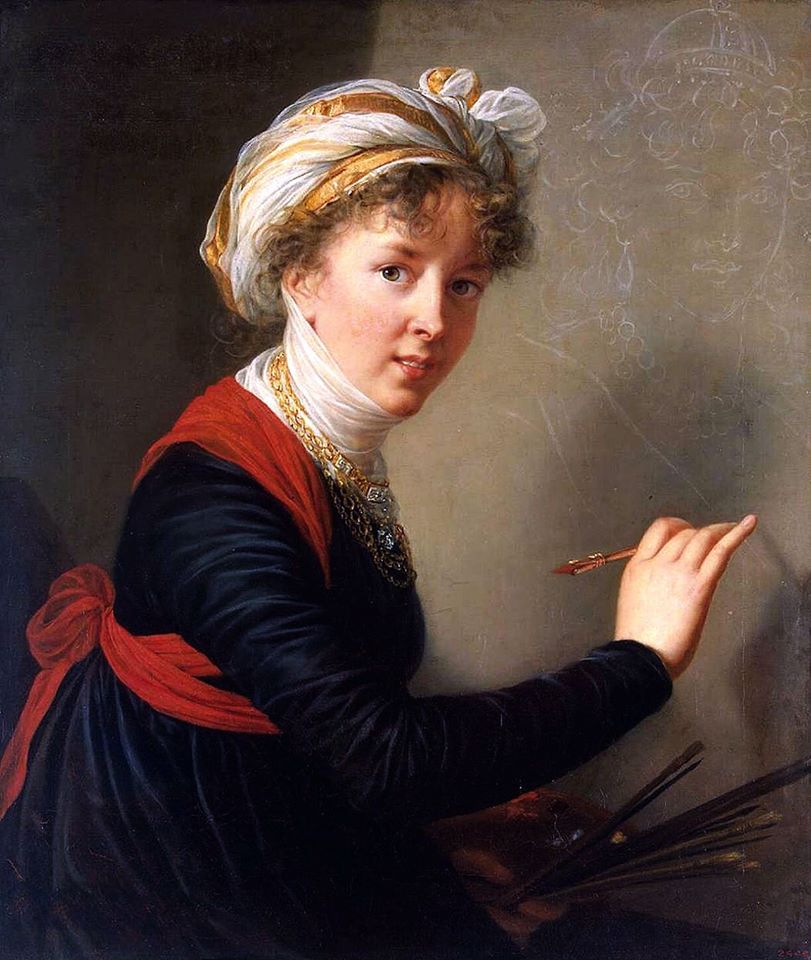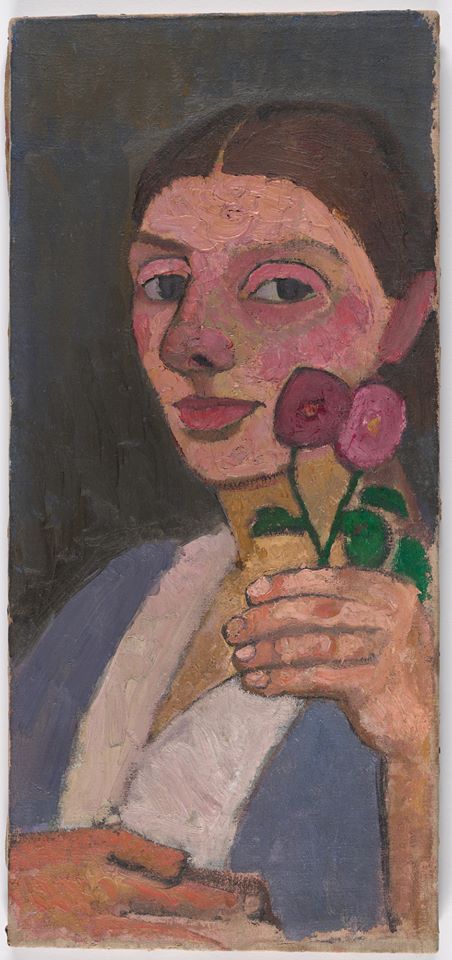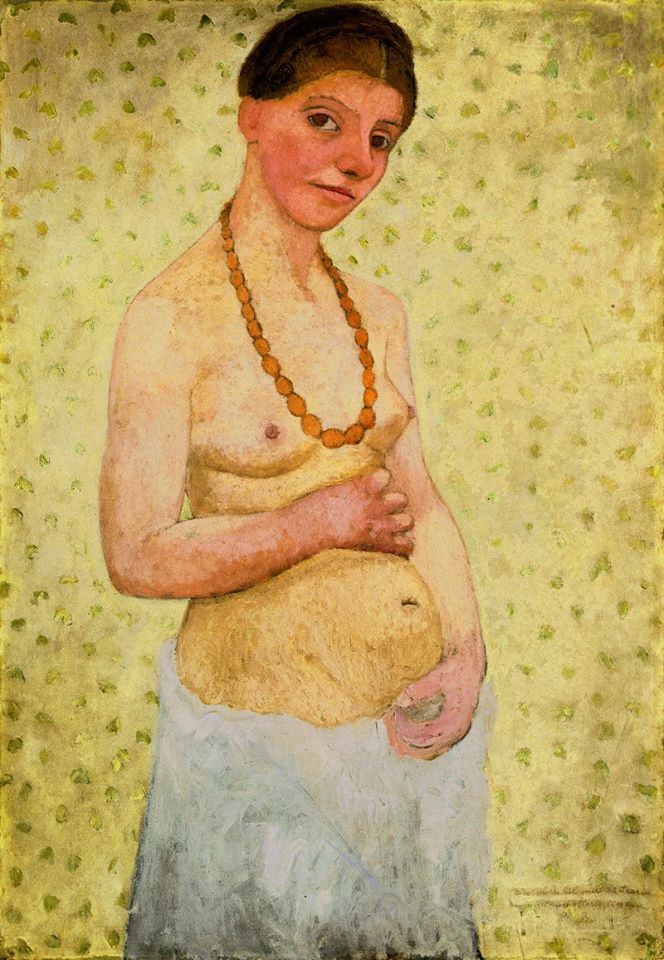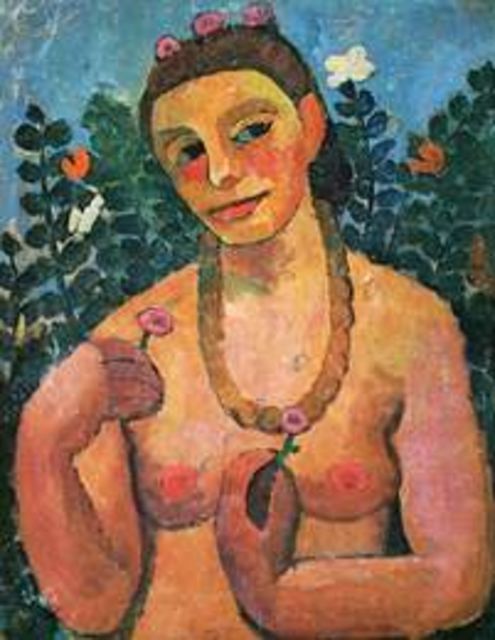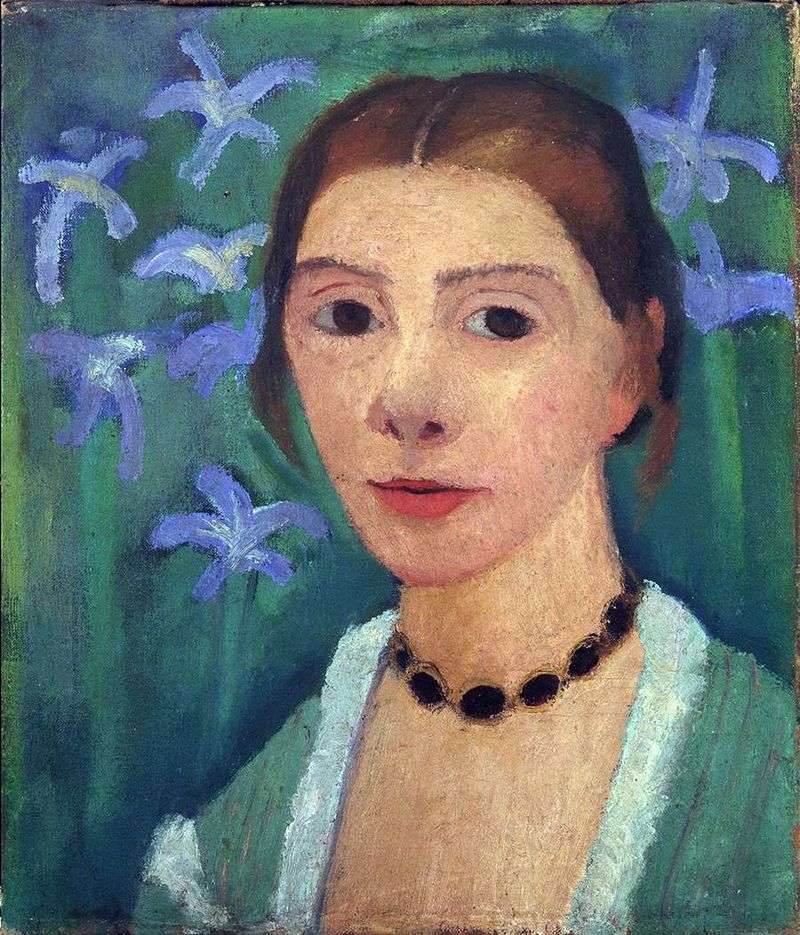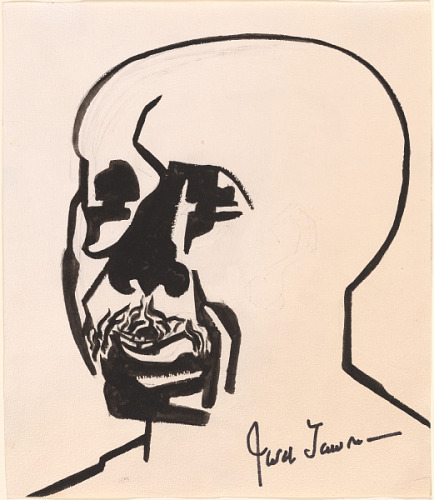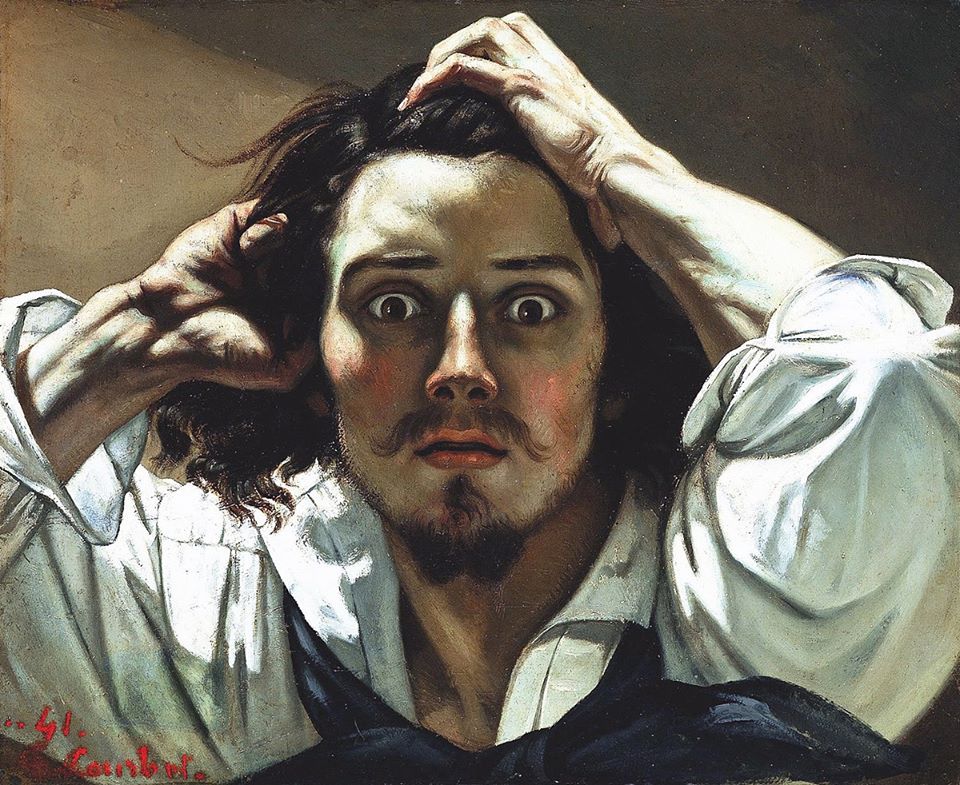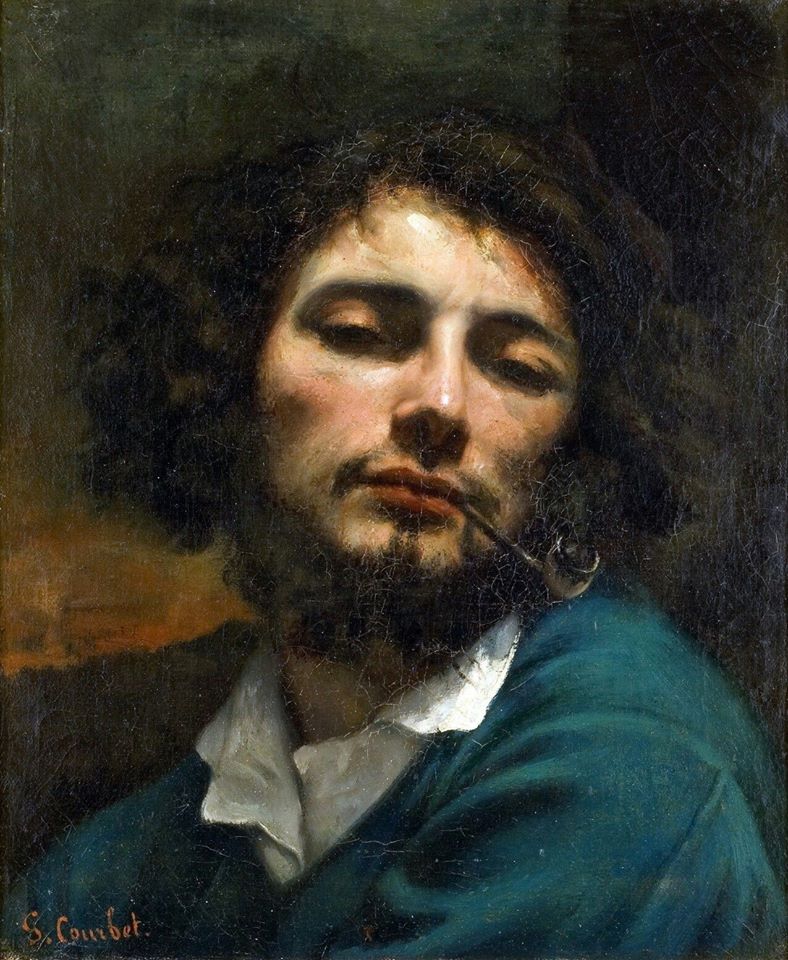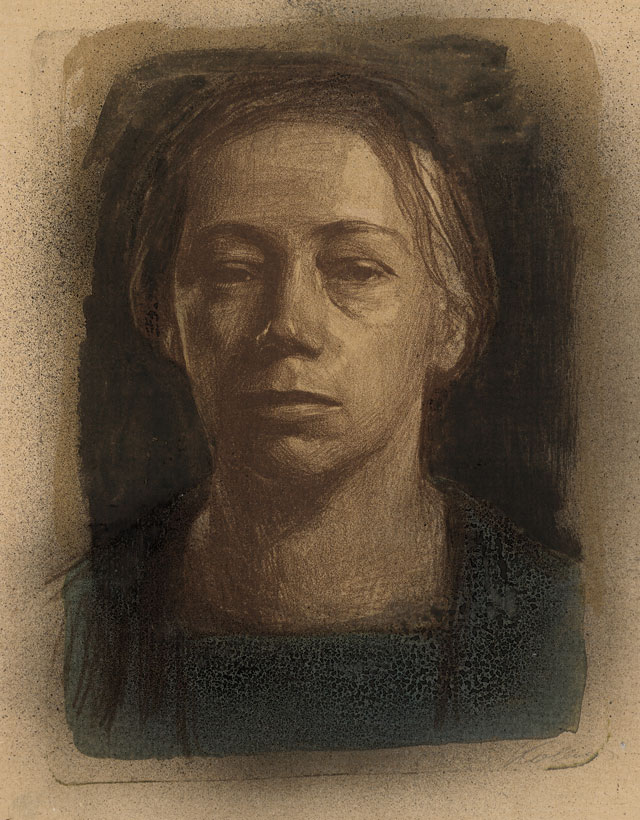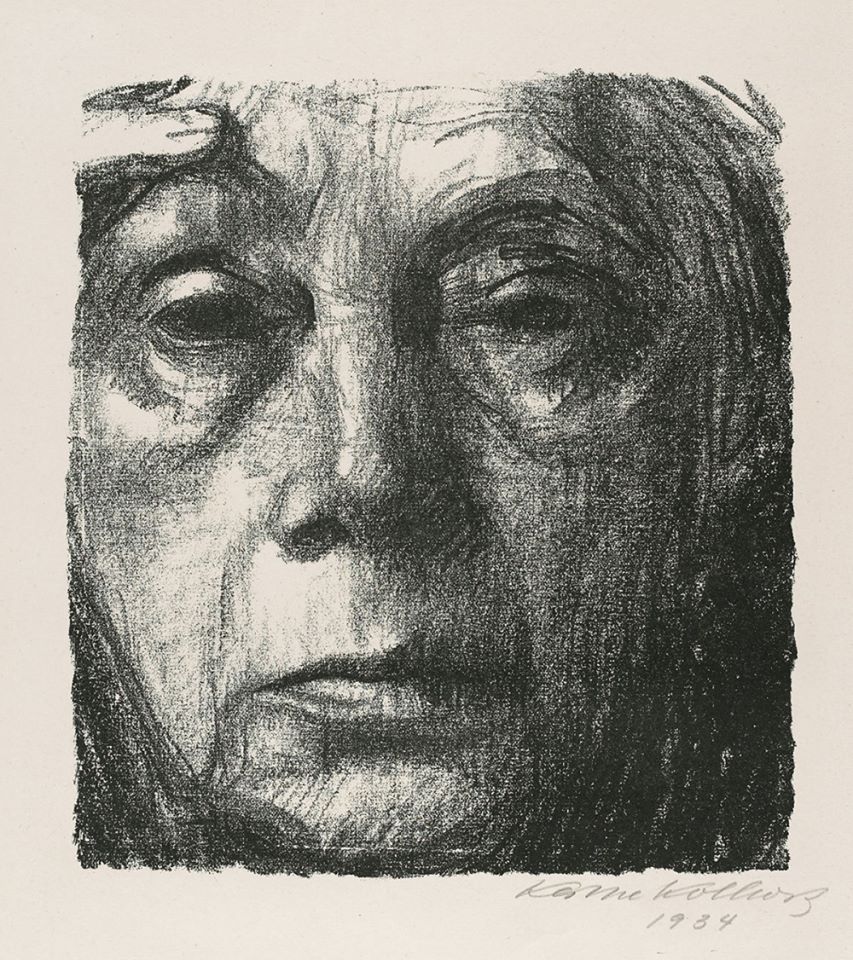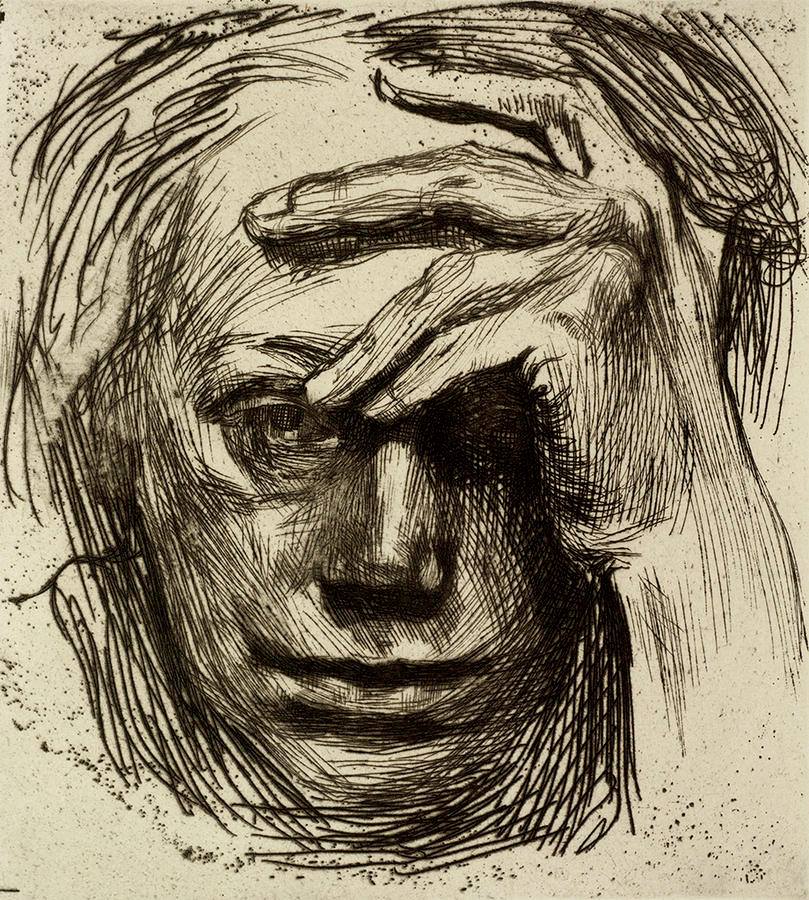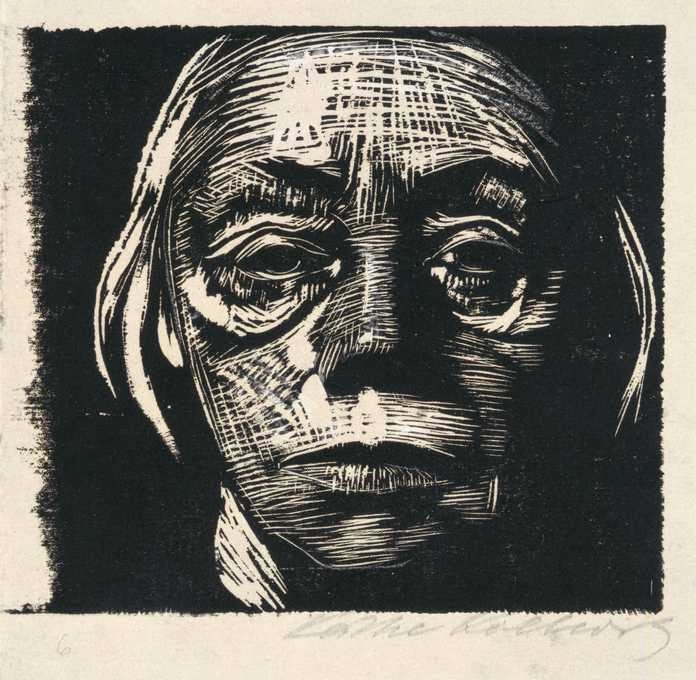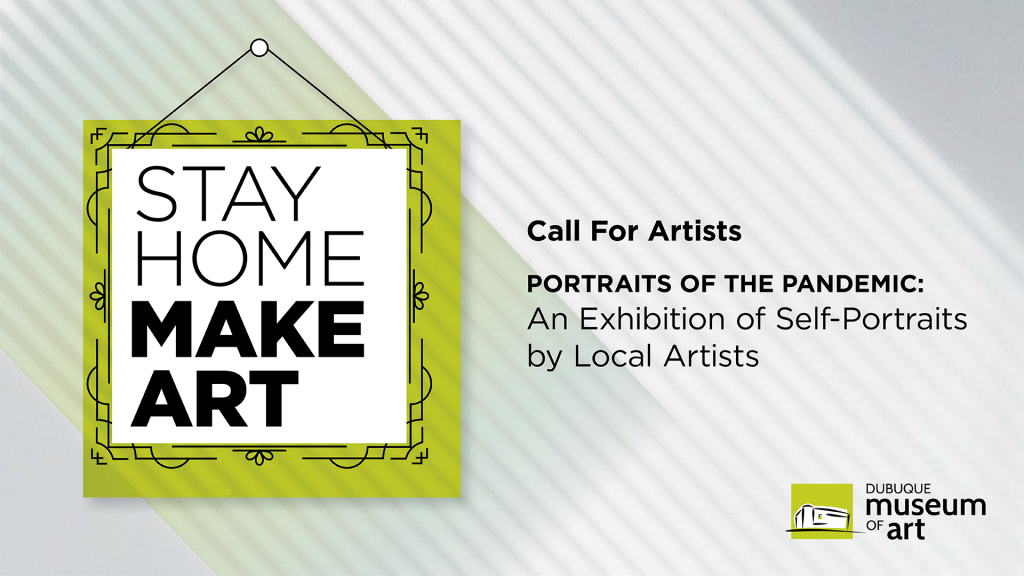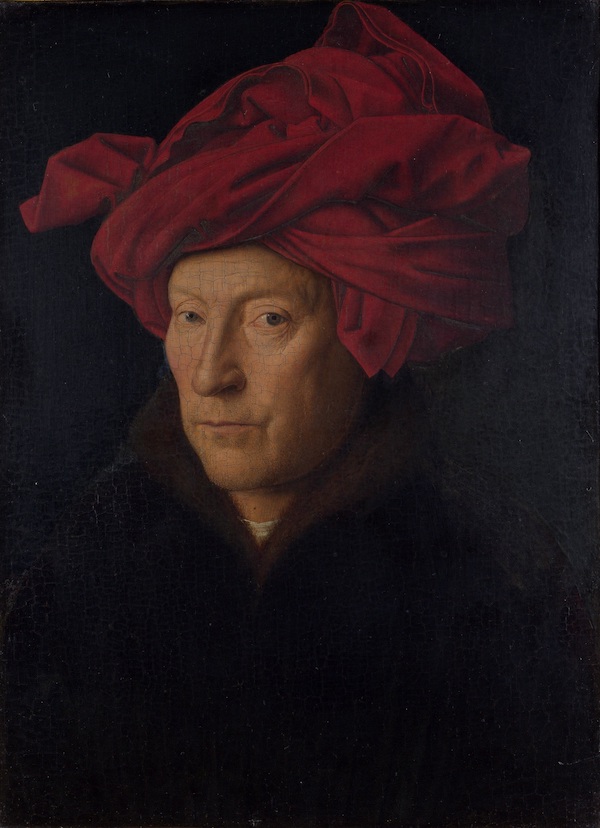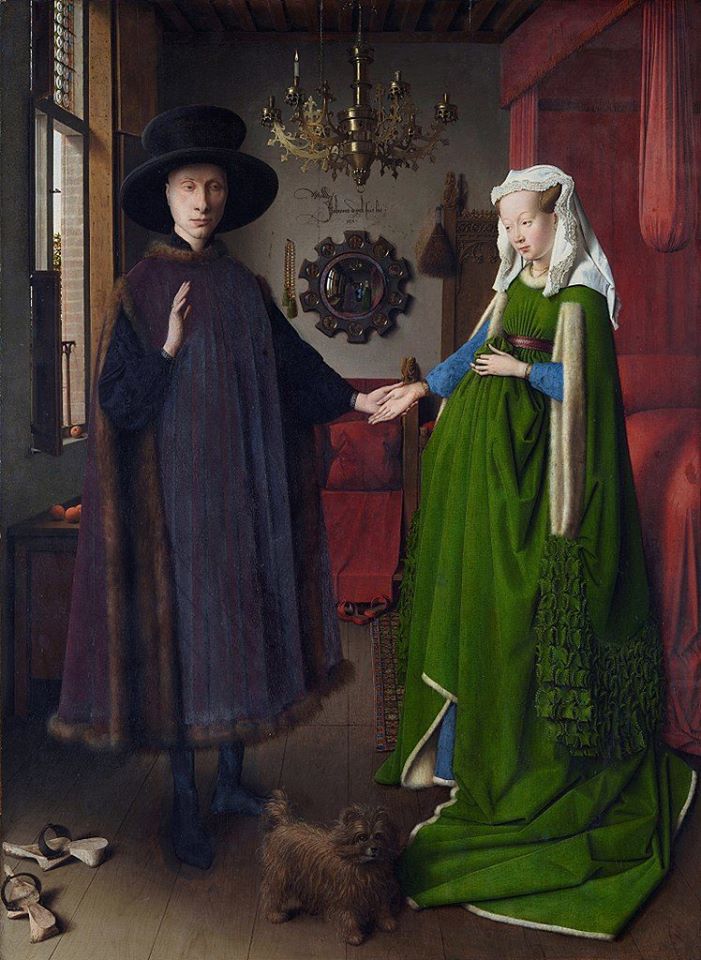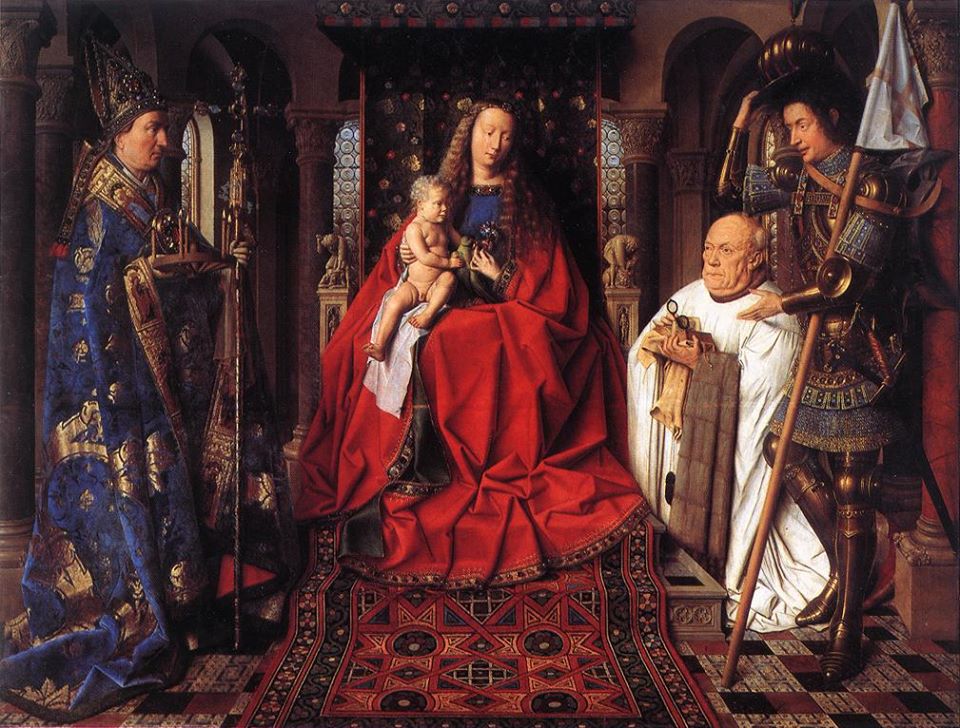Join us for a virtual exhibition opening and member preview of the new DuMA exhibition, “Portraits of the Pandemic”: An Exhibition of Self-Portraits by Local Artists. We will start our evening with an interview of our Curator and Registrar, Stacy Peterson by Telegraph Herald Features Editor, Megan Gloss. Then we will join “Portraits” artists Lisa Towers, Gregory T. Nelson and Angela Ventris in the Falb Gallery for one on one interviews with Kay Schroeder, Marketing & Engagement Manager.
“Portraits of the Pandemic” is an exhibition of self-portraits made during the pandemic by artists in Dubuque and surrounding counties in Iowa, Wisconsin, and Illinois. It also aims to examine how the pandemic and the subsequent effects to our social and physical interactions have reshaped our lives.
“Portraits” opens October 24, 2020 and continues through February 7, 2021



